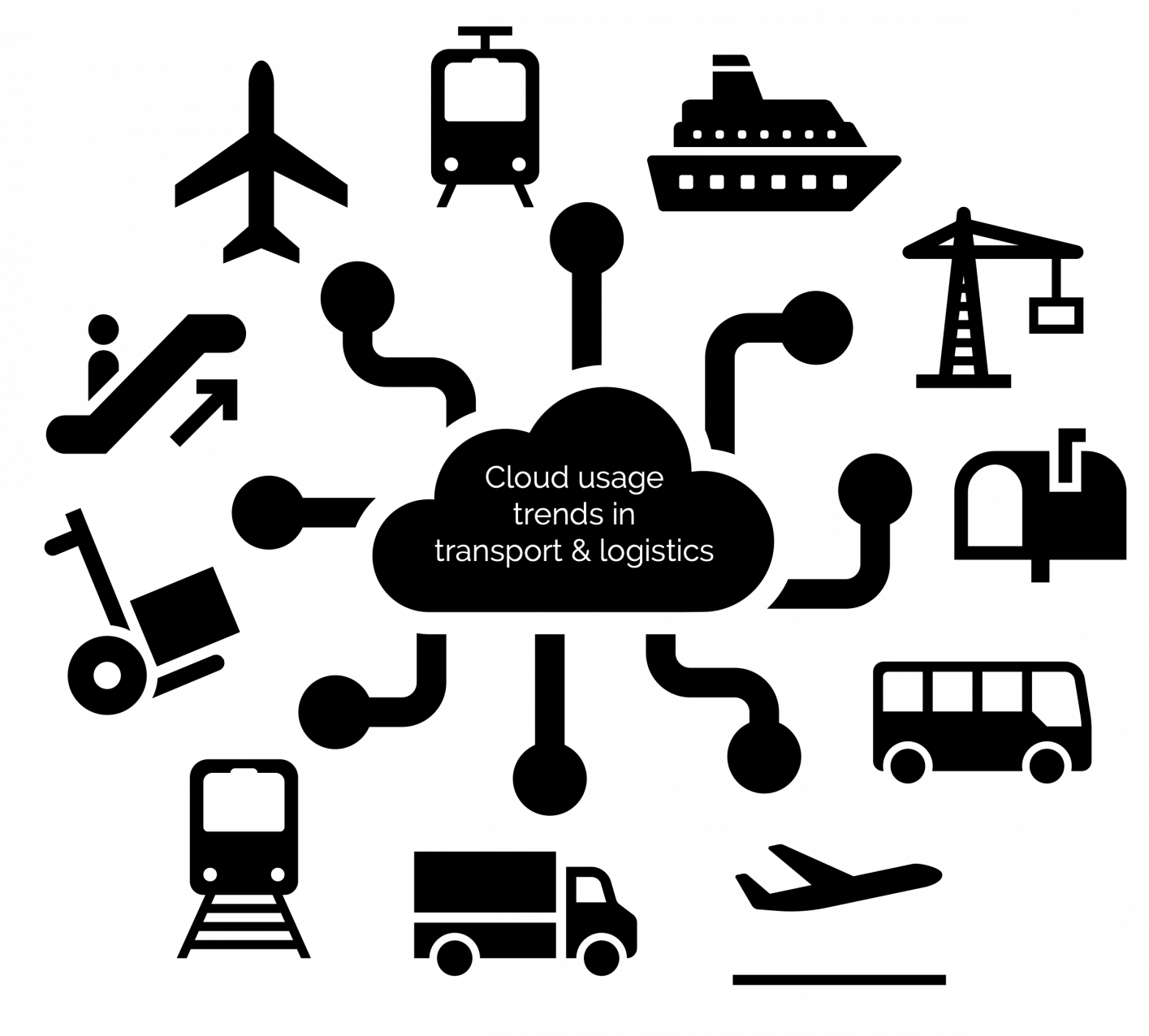Cloud Usage Trends for Transport & Logistics Companies
PAC publishes new market report with transport-specific use cases.
The global transport sector has mostly recovered from the Covid-19 pandemic, but is now faced with other challenges, such as wars in various regions, staff shortages, a weakening global economy, urgent modernization and digitalization needs, safety and security challenges, and decarbonization requirements.
IT investments are meant to increase resilience, efficiency, and agility, improve the customer experience, modernize outdated infrastructures, and reach sustainability goals. At the same time, transport companies have been looking for ways to streamline their operations, cut costs, and make IT consumption more flexible. IT infrastructures are increasingly being replaced by cloud solutions, and data-led innovation often takes place on cloud platforms.
PACs new Market InSight report, “Cloud Usage Trends for Transport & Logistics Companies”, covers typical, transport-specific public cloud use cases by looking at specific case studies.
The status quo of cloud use in the transport industry
The new Market InSight report focuses on examples that illustrate the status quo of cloud use in the transport industry. Common use cases are clustered into major market segments and assigned to major drivers to obtain a structured view of the market.
PAC’s transport segment comprises the heterogeneous sub-segments rail and public transport, postal & parcel services, aviation and freight.
The sector is among the most data-rich vertical markets as companies typically have a huge number of customers (e.g., passengers, parcel clients) and assets (e.g., trains, buses, ships, trucks, planes, stations, ports, airports, warehouses, rail networks).
At the heart of most cloud investments are thus strategies to efficiently handle these massive amounts of data, and to extract more value from them.
Major cloud use cases in the transport sector
IaaS-specific use cases
IaaS-specific use cases put the focus on the access to modern and scalable infrastructures and hosting of enterprise applications.
- Massive scalability: Many case studies highlight how transport companies are handling incredible amounts of data with the help of public cloud platforms. E.g., more than 16 million messages and 17.4 million service calls per day at American Airlines, or over nine trillion pieces of data processed every day at Alibaba’s logistics arm Cainiao.
- Mass migration: Some transport companies even opted for a massive cloud migration of their IT infrastructures. Deutsche Bahn, e.g., has shut down its data centers and moved almost all of its IT to the clouds of AWS and Azure.
- Operation of enterprise applications: More and more software applications are migrated to and operated on public cloud platforms. Leading software vendors are moving towards the cloud model, partly by launching SaaS offerings, but also through public cloud-hosted models, such as the RISE with SAP program.
PaaS-specific use cases
PaaS-specific use cases put the focus on data-centric services and the provisioning of web-centric or mobile applications. Platform as a Service (PaaS) typically addresses cloud-based innovation, with use cases such as software development, advanced analytics, AI, advanced customer experience, and IoT.
- Software development was among the first use cases for public cloud platforms. These platforms provide the infrastructure, DevOps tool chains, and resources that developers need to make coding easier, faster, and more efficient. Hapag-Lloyd, e.g., moved its central development environment completely to the cloud.
- Analytics use cases range from hosting third-party analytics solutions in the cloud through using scalable cloud resources for mass data processing to the use of cloud vendors’ proprietary analytics IP. Lufthansa, e.g., has partnered with Google Cloud to develop a platform to better plan and manage its daily flight operations. And FedEx processes huge volumes of data in the cloud to support their analytics and data warehousing needs.
- Artificial intelligence, AI, is bound to be enhanced by generative AI (GenAI) and will play a major role in driving cost and quality optimization. Danske Statsbaner, e.g., is using machine learning algorithms on Microsoft Azure for the dynamic handling of seat reservations. And U.S. Postal Service has been using machine learning in many different ways, including language learning models for call centers and predicted delivery models.
- Customer experience, CX, remains at the top of the agenda when it comes to investments in digital innovation. UPS, e.g., uses Google Cloud to increase customer visibility into shipments, while Air Canada revamped its Aeroplan loyalty platform on AWS to be serverless and event-driven.
- The Internet of Things, IoT, allows to turn transport infrastructures and assets into sources of data that can generate value across business processes. Use cases are manifold; they cover transparent supply chains and smarter logistics, connected vehicles and devices, easier baggage tracking, predictive maintenance, and security and safety.
Sovereignty over data is key
Cloud platforms promise to enhance digital services for internal processes, improving the user experience and enabling smart ecosystems. Data is considered as a major success factor for future business models. This may lead to new competition between IT providers and their clients from the transport sector, but also with asset manufacturers. Platforms and partners should thus be chosen carefully, as all parties have the same target – occupying the digital customer interface and gaining sovereignty over data.
